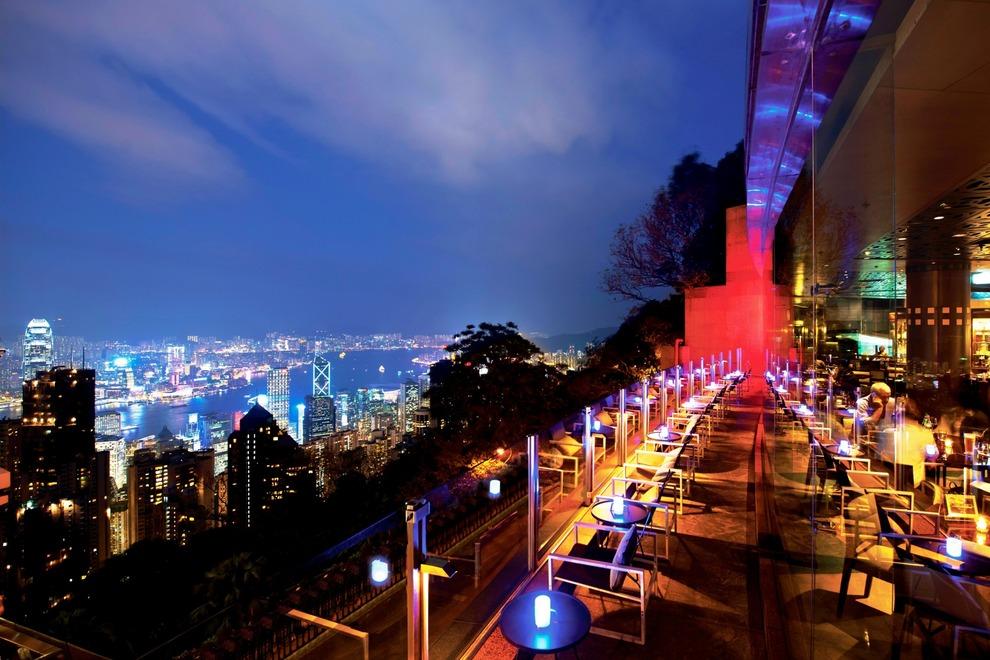
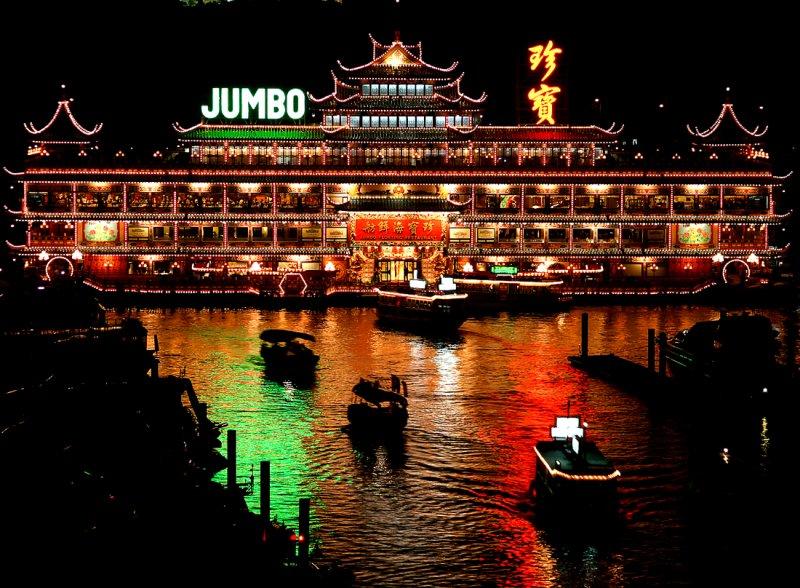
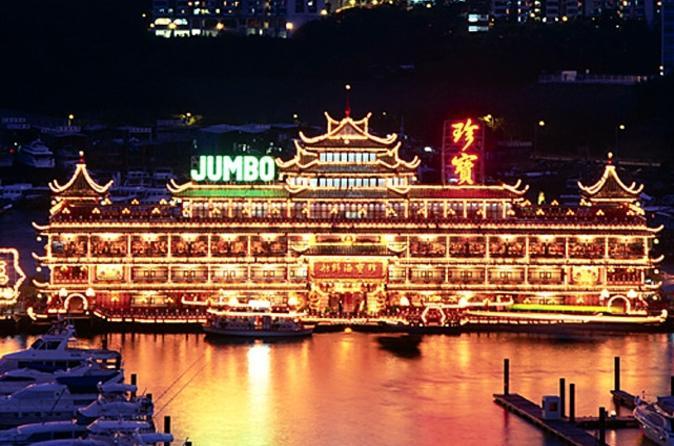
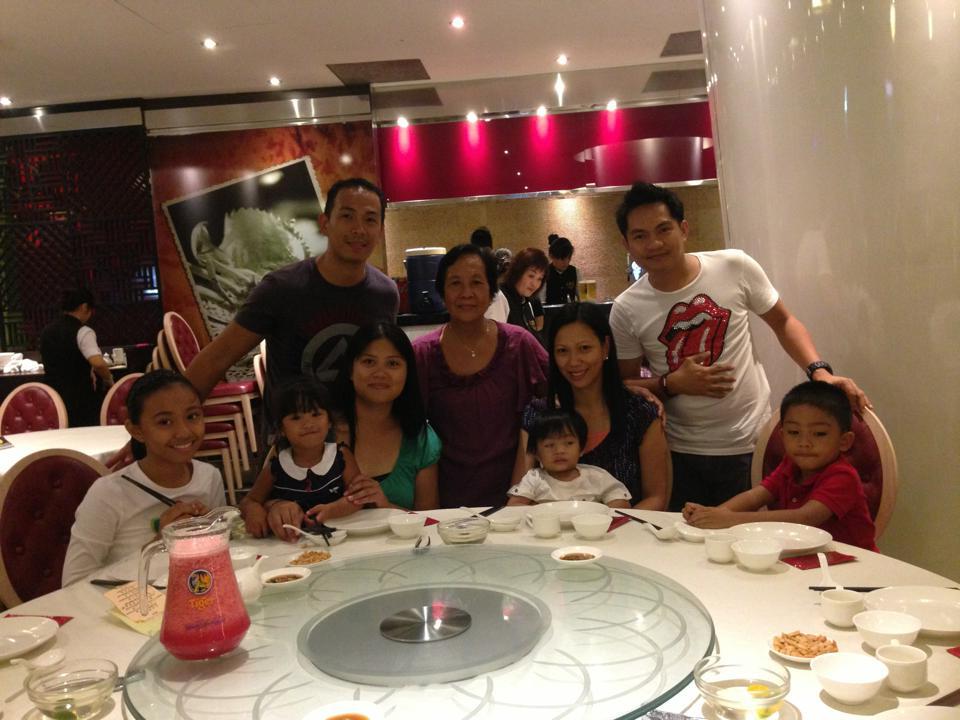
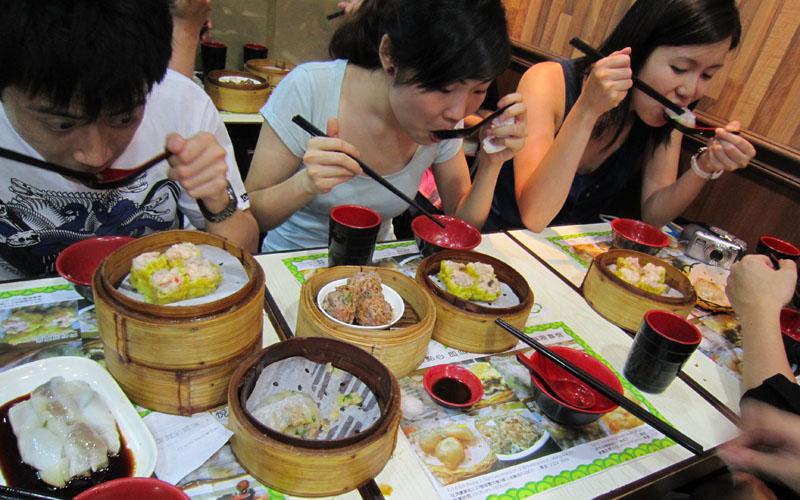
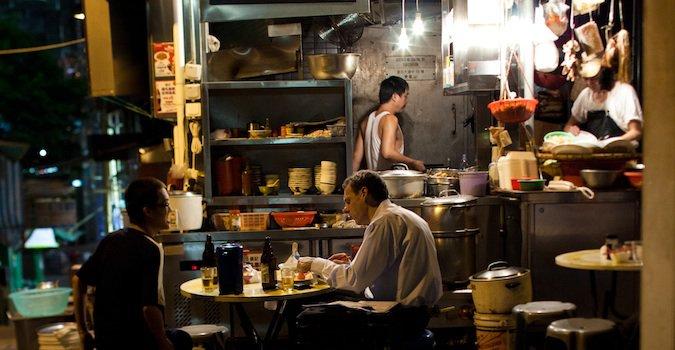
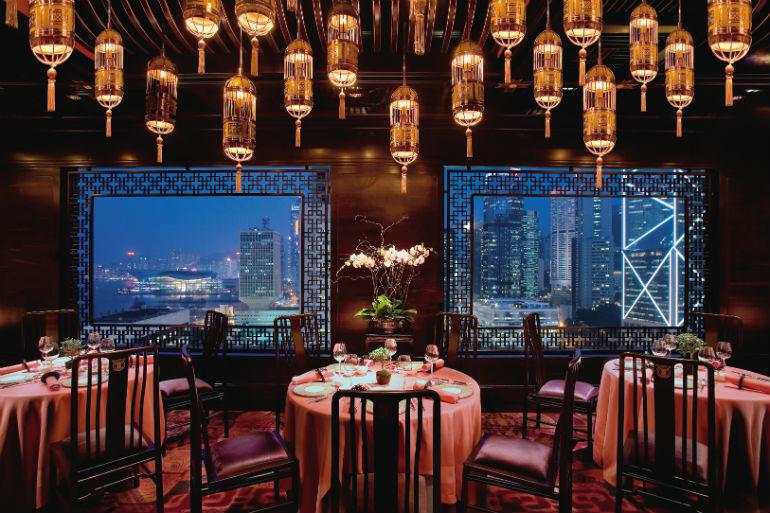
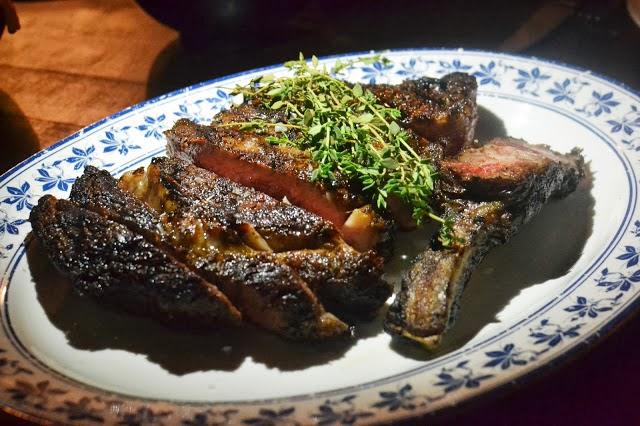
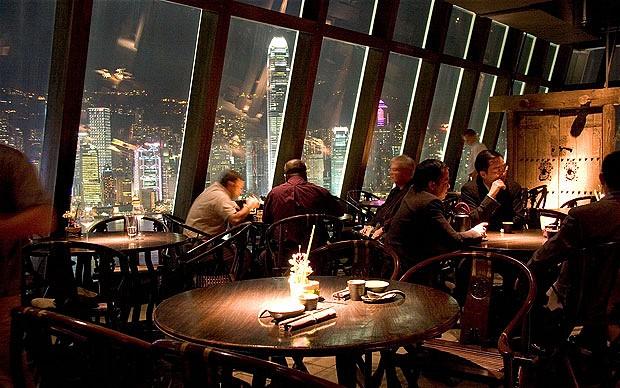
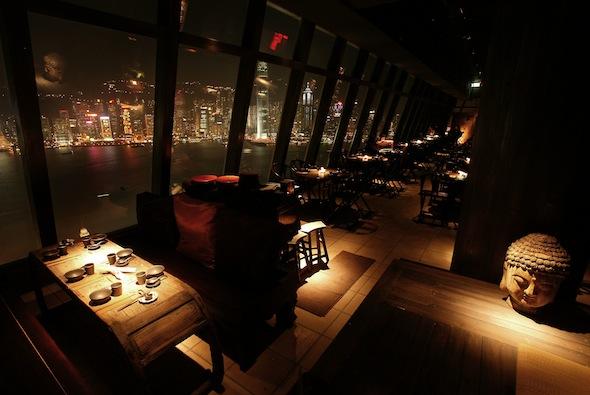
Britain’s island foothold off the Chinese mainland is a cosmopolitan city where western-style skyscrapers loom over the thousands of sampans that crowd the waterways. In food as in everything else Hong Kong is a meeting-point of east and west, where the vast range of Chinese dishes tempts the diner into expensive restaurants or kerbside eating-houses.
During a long history, punctuated by natural disasters, floods and famines, the Chinese have learnt that practically everything is edible if properly cooked. For this reason their cuisine is extraordinarily varied and frequently extremely exotic. The most famous delicacies, best known to Europeans, are birds’-nest soup and shark’-fin soup. The first is made by boiling down the salivary excretion which binds together the mud nests of cave-dwelling martins on the coast of Borneo. This is imported into Hong Kong via Singapore in large quantities. The second is made from the cartilaginous rays of the fins and tails of dried sharks. With cream and other reinforcements it makes a soup of a gelatinous consistency, which has the same inexplicable satisfying quality as have oysters, quite independent of its not very emphatic flavor. There are many other dishes which are equally exotic, such as fledgling pigeons eaten whole, the skull and skeleton the consistency of jelly; tiny birds which are probably finches netted illegally in the New Territories; pangolins and puppy dog, rats and snakes, and the innumerable strange fruits of the sea.
A Chinese meal always has a foundation of rice; and the basic equipment necessary is a bowl and a pair of chopsticks. This, one would imagine, is primarily the equipment of a people accustomed to eat out of doors, where they work. The ritual has, of course, become very elaborate indoors, though still built round this basic foundation. The bowl may be changed once or twice during the meal, but the chopsticks are used throughout.
Chopsticks are made of ivory or bone and are about nine inches long. In Japan they use much shorter and lighter ones made of bamboo. They are square in cross-section where the fingers grip them, but taper to blunt rounded ends. A poem in Chinese characters, or one’s name, may be engraved on the rectangular part. The chopsticks are held by the thumb and the first three fingers of the right hand. One chopstick lies in the angle between the thumb and the forefinger, gripped between the tops of the second and third fingers.
Are you interested to know more about eating out in Hong Kong?
Let us hear from you at +91 33 4046 4646
Itinerary
1 Day: 3-hours
Food tour of Kowloon’s Jordan district, Hong Kong
Make your own way to Yau Ma Tei MTR Station and meet your guide at Exit A1. After introductions, follow your guide through the bustling streets of Kowloon, where you first visit an open-air produce and fruit market. Here you can see the ingredients that go into local dishes before you taste the food in its final form.
Next, your guide leads you through the district, a working-class area renowned for its inexpensive restaurants and food stalls where you eat and drink like the locals: in family-run greasy spoons and busy food courts. Sit elbow-to-elbow with other patrons and learn how to order in Cantonese as you dive into the city’s authentic, no-nonsense culinary scene.
Take in numerous small restaurants near the Temple Street Night Market. Taste favorite snacks, main courses and desserts, some sweet and others savory. Throughout the 3-hour tour, your guide shares informative commentary about food in Hong Kong, a city which has one of the world’s highest concentrations of cafés and restaurants per capita.
This tour does not include food costs; instead it offers a less expensive tour with the ability to choose what to purchase and eat, without spending money on a set menu that may not appeal to you. It’s up to you how much to eat and whether you feel adventurous or prefer to stay more on the safe side. If you have any food allergies or aversions, your guide can help you select suitable dishes.
After the food and drinks, you have the option to take an after-dinner stroll in tranquil Kowloon Park, an urban oasis for the densely populated peninsula. Your guide points out local dive bars and glamorous rooftop lounges with views of Victoria Harbour. Visit on your own if you like after your tour ends at the Tsim Sha Tsui MTR Station.
For assisted tour booking and customization according to your requirement, please call: +91 33 4046 4646
Price on request
Highlights
3-hour food tour of Kowloon’s Jordan district, in Hong Kong
Choose what to eat, with flexible menu choices tailored to each participant
Walk through an open-air produce market to see the after-work crowd shopping for dinner
Sit next to the locals at family-run diners, street food stalls and food courts
Venture into family-run greasy spoons and chaotic food courts where tourists rarely enter
Small-group tour limited to 12 participants to ensure a quality experience
Inclusions
Local guide
Exclusions
Hotel pickup and drop-off
Food and drinks
Gratuities (optional)
As suggested and to be customized as per request

Terms & Conditions Applied
For assisted tour booking and customization according to your requirement, please call: +91 33 4046 4646
 Loading..
Loading..